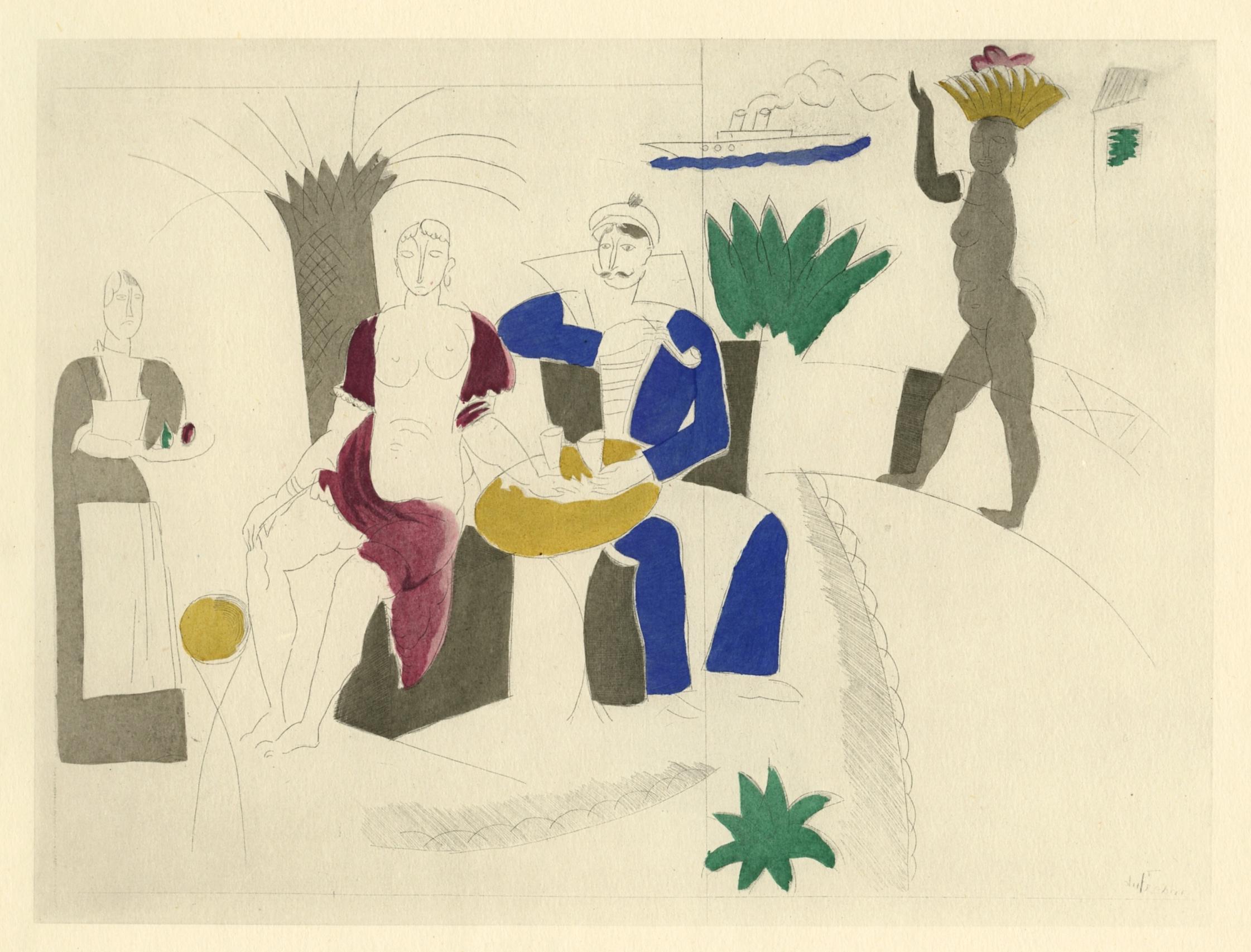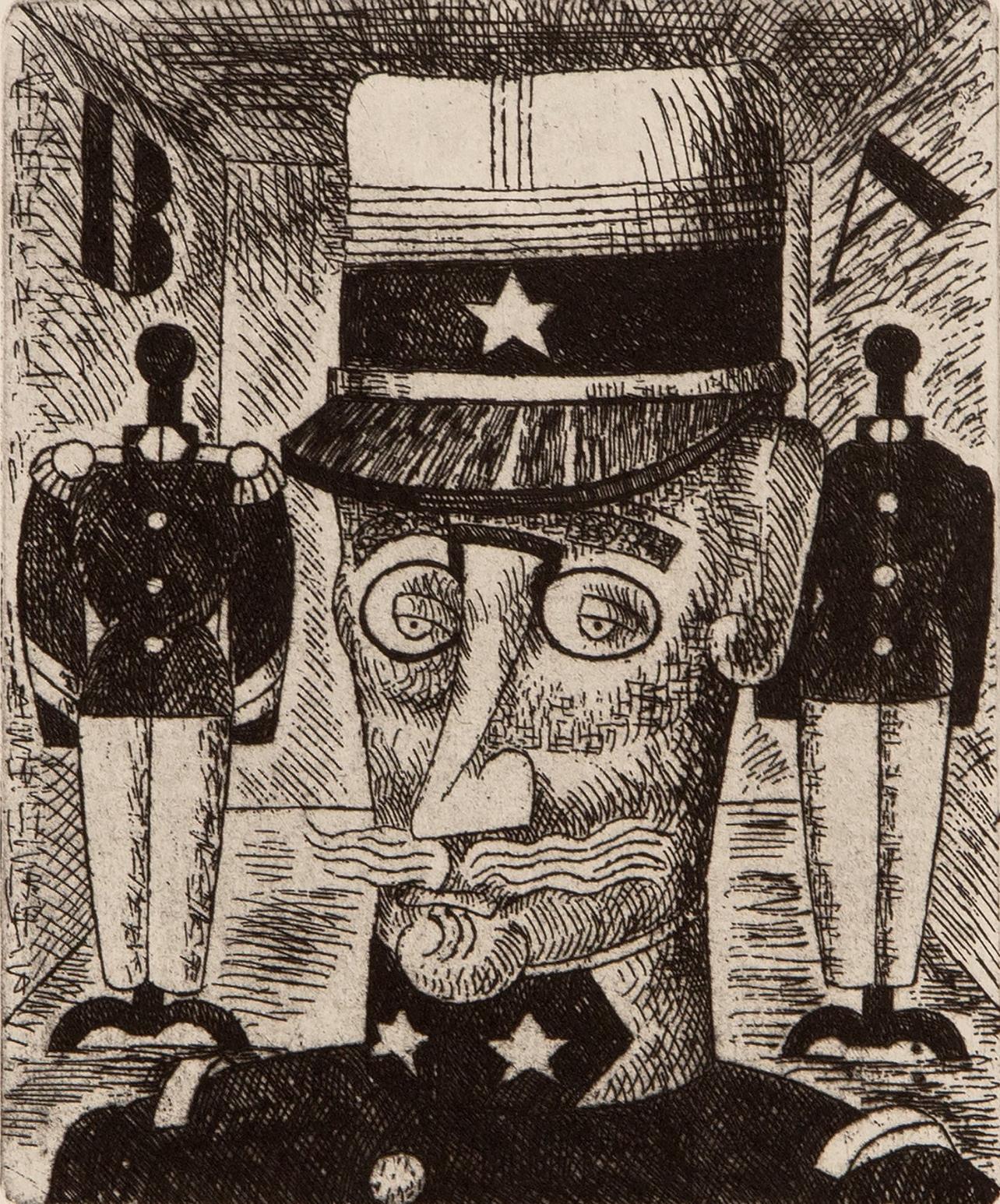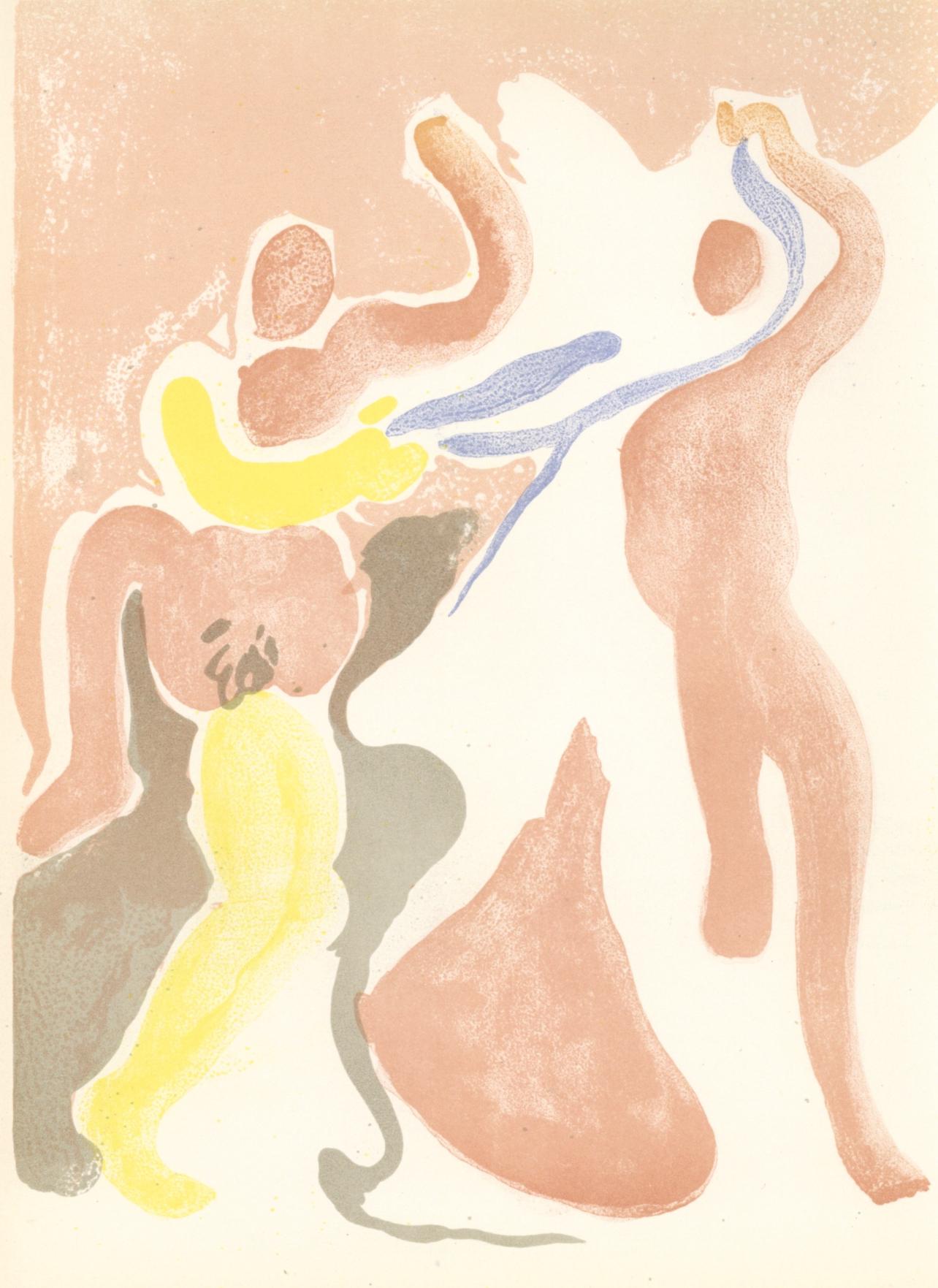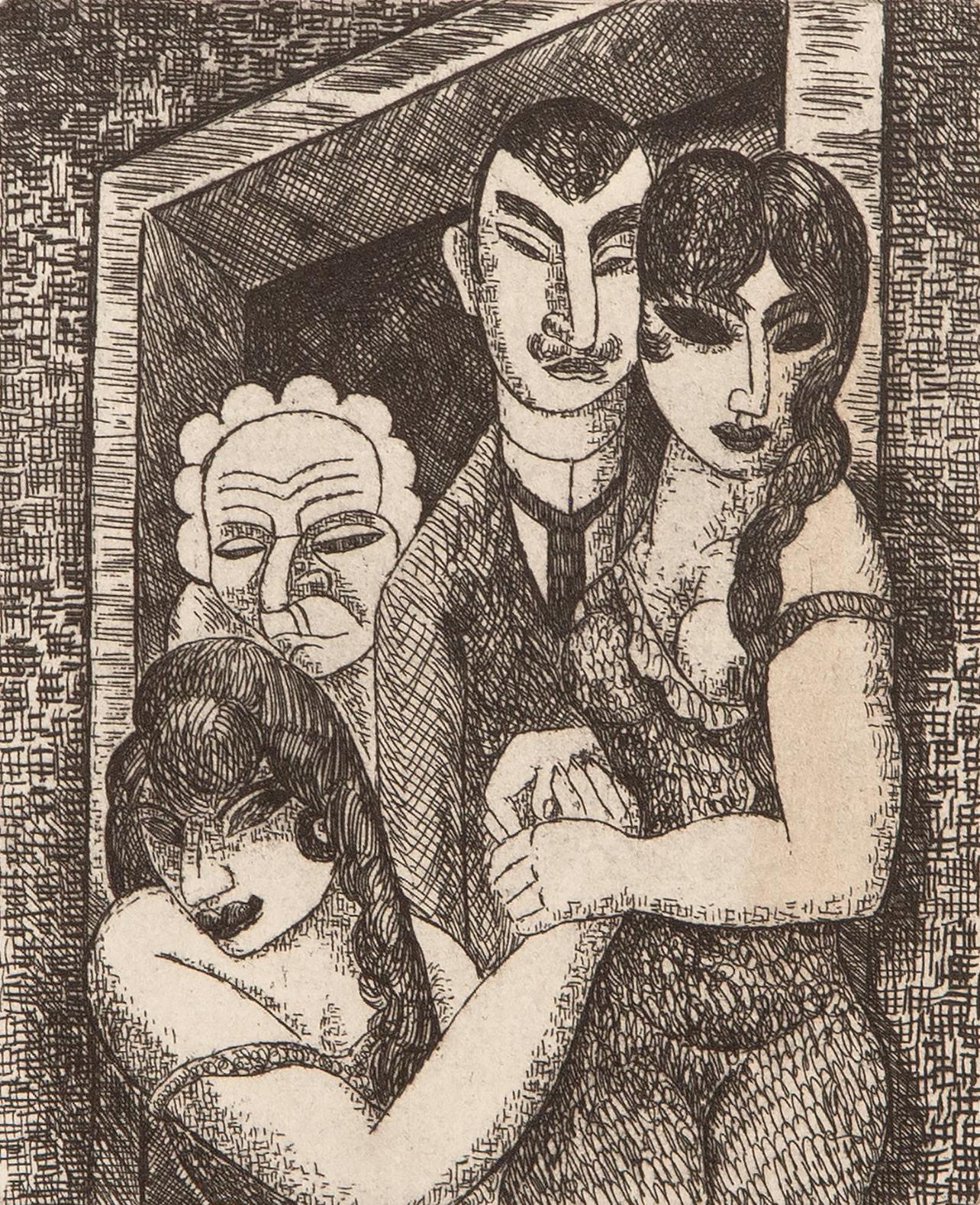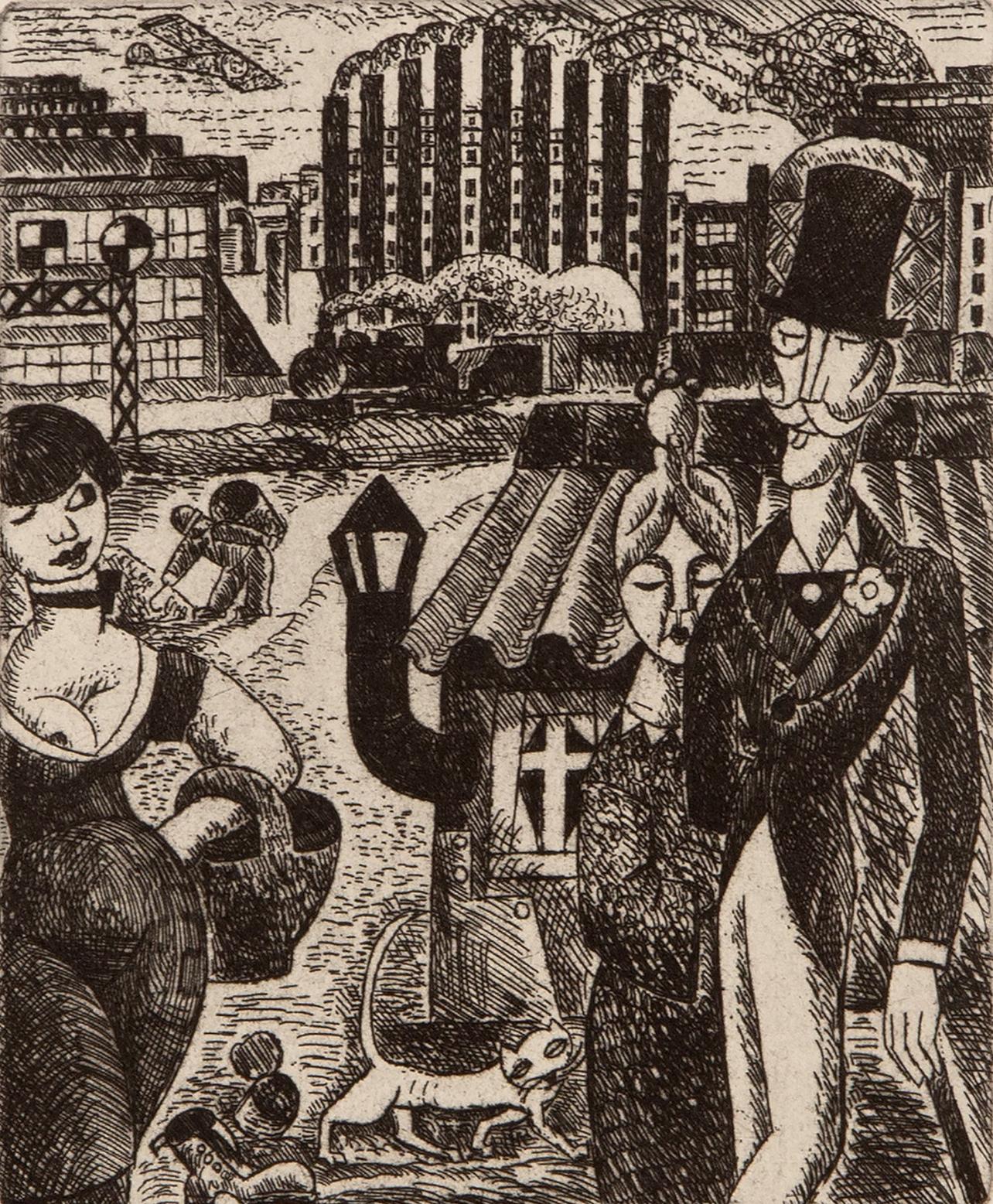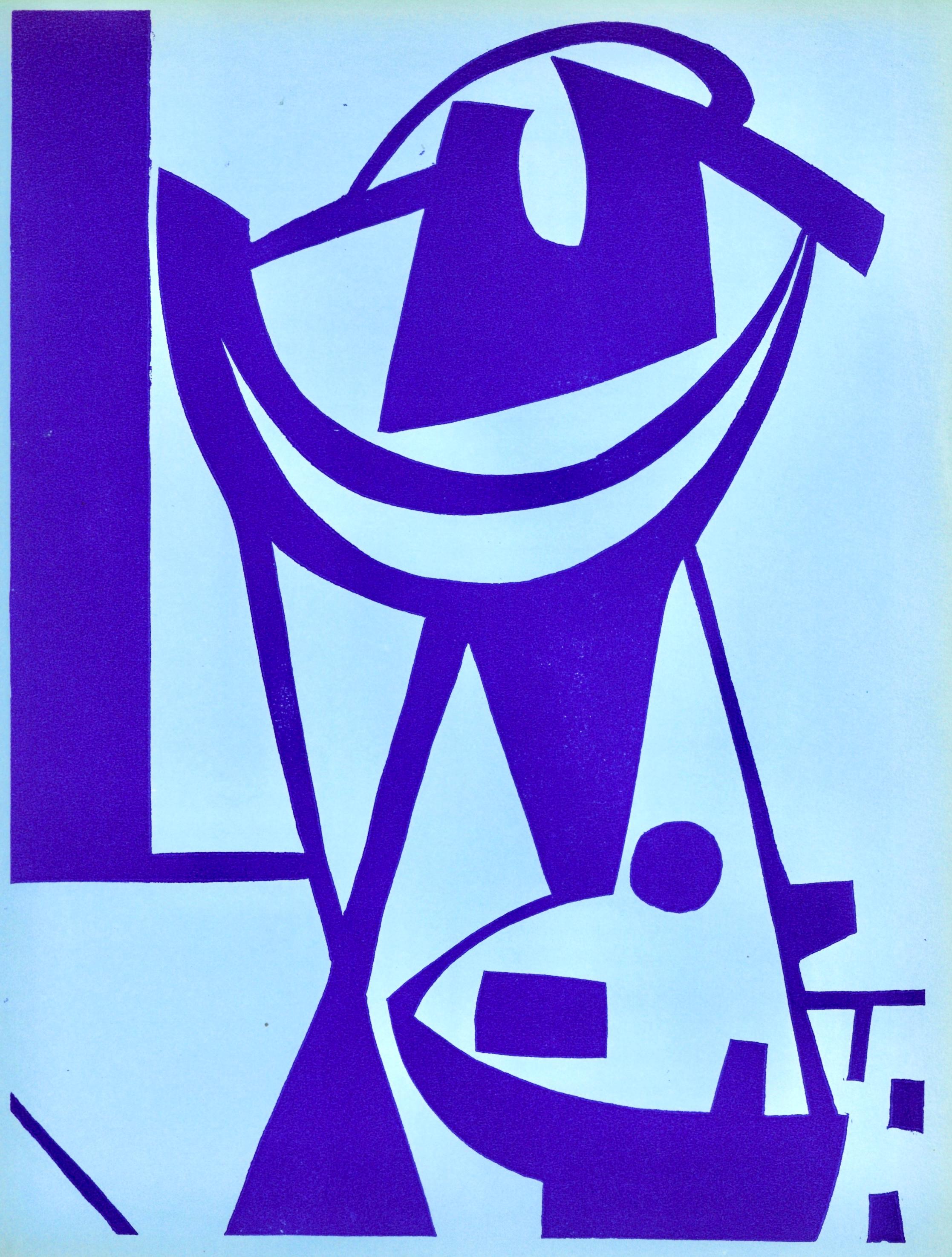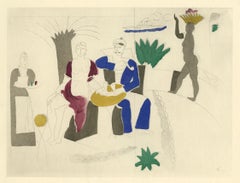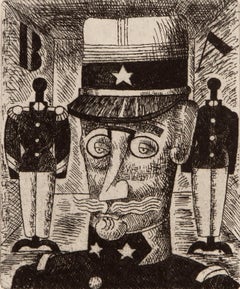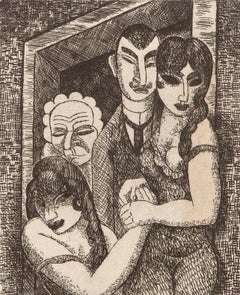Items Similar to Une Escale au Brasil (A Stopover in Brazil)
Want more images or videos?
Request additional images or videos from the seller
1 of 2
Charles DufresneUne Escale au Brasil (A Stopover in Brazil)1920
1920
$2,200
£1,697.92
€1,932.98
CA$3,141.41
A$3,426.32
CHF 1,805.38
MX$41,090.73
NOK 22,732.02
SEK 21,208.52
DKK 14,435.98
About the Item
Charles Dufresne (1876-1938), Une Escale au Brasil (A Stopover in Brazil), etching and drypoint, c. 1920, signed in pencil lower right margin and inscribed “epreuve de artist” lower left. Reference: Thomas Dufresne 35. Edition of only 25. In very good condition, with full margins on a cream wove paper, with the watermark Van Gelder Zonen and also Alfred Porcabeuf (?), 9 1/8 x 12, the sheet 12 1/2 x 18 inches, archival matting.
A fine impression of this artist’s proof, printed in black ink.
Dufresne used techniques beyond etching and drypoint here, perhaps softground etching and a piercing tool too for dotting effects.
Une Escale was first exhibited at the Paris Salon de la Societe Nationale des Beaux Arts in 1921, where it caused much comment regarding both its marvelous composition, and its subject matter – it led to much speculation about the artist (e.g., what’s he doing in Brazil? What is the meaning of the composition – the well-dressed fop at the table (presumably the artist); the sailor and largish waitress, and the nude women lounging or standing about? Dufresne’s stunning composition in Une Escale shows the influence of cubism and the Parisian School – after all he was born in France and studied at the Ecole des Beaux Arts – but it also shows the influence of the years he spent in Africa, and his origins as part of a seafaring family. In 1910 won the Prix de l’Afrique du Nord and then spent two years in Algeria, which stirred his interest in exoticism and lyricism.
- Creator:Charles Dufresne (1876-1938, French)
- Creation Year:1920
- Medium:
- Movement & Style:
- Period:
- Condition:
- Gallery Location:New York, NY
- Reference Number:1stDibs: LU51531591753
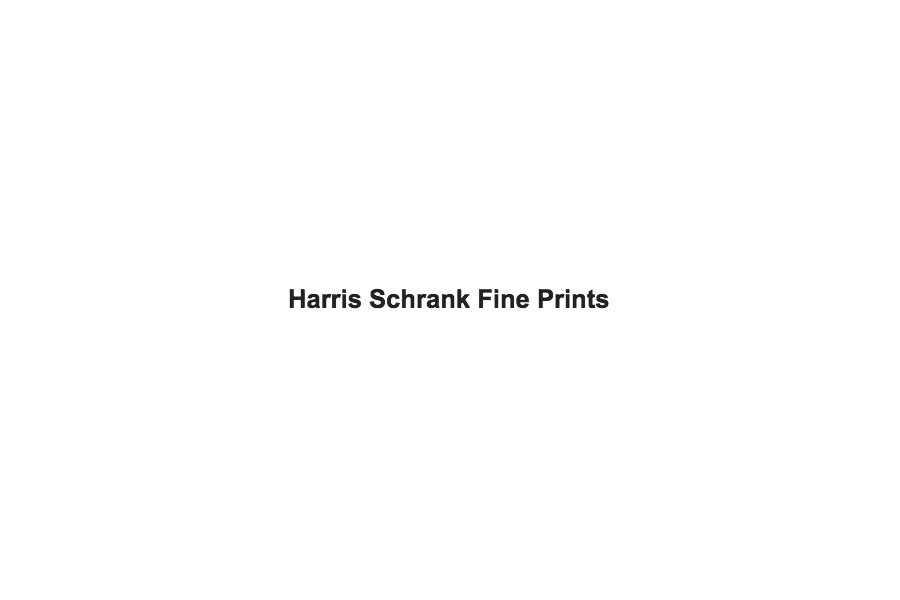
About the Seller
4.9
Recognized Seller
These prestigious sellers are industry leaders and represent the highest echelon for item quality and design.
Established in 2000
1stDibs seller since 2016
108 sales on 1stDibs
Typical response time: 9 hours
Associations
International Fine Print Dealers Association
- ShippingRetrieving quote...Shipping from: New York, NY
- Return Policy
More From This Seller
View AllLa Receveuse
By Jean-Emile Laboureur
Located in New York, NY
Jean-Emile Laboureur (1877-1943), La Receveuse, engraving, 1919-1920, signed in pencil lower left, numbered (2/38) lower right and annotated ”imp” [also with initials and the date 19...
Category
1910s Cubist Portrait Prints
Materials
Engraving
Le Facteur Rural
By Jean-Emile Laboureur
Located in New York, NY
Jean-Emile Laboureur (1877-1943), Le Facteur Rural, engraving, 1924, signed in pencil lower right. Reference: Laboureur 283, third state (of 3), from the total printing of about 80. ...
Category
1920s Cubist Figurative Prints
Materials
Engraving
L'ile Desert
By Jean-Emile Laboureur
Located in New York, NY
Jean-Emile Laboureur (1877-1943), L’ile Desert, etching, 1914, signed in pencil lower left and numbered lower right (33/35). Reference: Laboureur 135, only state, from the edition of...
Category
1910s Cubist Figurative Prints
Materials
Etching
Hombre! Que Sin Vergeunza!
By George Biddle
Located in New York, NY
George Biddle (1885-1973), Hombre! Que Sin Vergeunza!, 1928, lithograph, signed and dated in pencil lower right, titled and numbered lower left [also signed in plate lower left ”Biddle/1928/44]. References: Pennigar 78, Trotter 44. Edition 100. In excellent condition (never framed, without light or time staining), with wide margins, the full sheet, 9 3/4 x 13 3/4, the sheet 15 1/2 x 20 1/2 inches. Printed by George C. Miller. On cream wove paper with the FRANCE watermark. Archival mounting (mylar unattached mounting between acid-free board).
A fine, fresh impression, in pristine condition.
According to Pennigar the title translates roughly to “Buddy! Aren’t you ashamed of yourself!” The title refers to the composition: the well-groomed man with his foot up in the carriage passes a group of naked little boys...
Category
1920s American Realist Landscape Prints
Materials
Lithograph
Negres Americains a Saint-Nazaire
By Jean-Emile Laboureur
Located in New York, NY
Jean-Emile Laboureur (1877-1943), Negres Americains a Saint-Nazaire, 1917-1920, engraving on cream wove paper, signed in pencil lower left, titled lower left margin edge, and numbere...
Category
1910s Cubist Figurative Prints
Materials
Engraving
Anzacs
By Jean-Emile Laboureur
Located in New York, NY
Jean-Emile Laboureur, Anzacs, woodcut, 1918-22, signed and numbered (7/45), the second state (of 2). Reference: Sylvain Laboureur 713. In good condition, with remains of old hinges ...
Category
1910s Cubist Figurative Prints
Materials
Woodcut
You May Also Like
(after) Charles Dufresne - "Le Marin" pochoir
By Charles Dufresne
Located in Henderson, NV
Medium: pochoir (after the watercolor). Printed in 1924 and published in Paris by Albert Morance for "L'Art d'Aujourd'hui", and now very scarce. The publisher's provenance inscriptio...
Category
1920s Prints and Multiples
Materials
Lithograph, Stencil
Composition, Vers un monde volage, Marcel Gromaire
By Marcel Gromaire
Located in Southampton, NY
Etching on vélin d'Arches paper. Unsigned and unnumbered, as issued. Good condition. Published by Éditions Marcel Seheur, Paris; printed by Atelier d'art Paul Haasen, Paris, Septembe...
Category
1920s Modern Figurative Prints
Materials
Etching
$1,436 Sale Price
20% Off
Free Shipping
Beaudin, Composition, André Beaudin, Verve: Revue Artistique (after)
By Andre Beaudin
Located in Southampton, NY
Lithograph on vélin des Papeteries du Marais paper. Inscription: Unsigned and unnumbered, as issued. Good condition. Notes: From the volume, André Beaudin, Verve: Revue Artistique et...
Category
1960s Modern Figurative Prints
Materials
Lithograph
$716 Sale Price
20% Off
Free Shipping
Composition, Vers un monde volage, Marcel Gromaire
By Marcel Gromaire
Located in Southampton, NY
Etching on vélin d'Arches paper. Unsigned and unnumbered, as issued. Good condition. Published by Éditions Marcel Seheur, Paris; printed by Atelier d'art Paul Haasen, Paris, Septembe...
Category
1920s Modern Figurative Prints
Materials
Etching
$1,436 Sale Price
20% Off
Free Shipping
Composition, Vers un monde volage, Marcel Gromaire
By Marcel Gromaire
Located in Southampton, NY
Etching on vélin d'Arches paper. Unsigned and unnumbered, as issued. Good condition. Published by Éditions Marcel Seheur, Paris; printed by Atelier d'art Paul Haasen, Paris, Septembe...
Category
1920s Modern Figurative Prints
Materials
Etching
$1,436 Sale Price
20% Off
Free Shipping
Jean Helion, Untitled, from XXe siecle, 1938
By Jean Hélion
Located in Southampton, NY
This exquisite linocut by Jean Helion (1904–1987), titled Sans titre (Untitled), from the album XXe siecle, Chroniques du jour, 13 rue Valette (5e), Directeur G. di San Lazzaro, Somm...
Category
1930s Modern Abstract Prints
Materials
Linocut
More Ways To Browse
Brazil Antique
Brazilian Antique Art
L Afrique Antique
Skate Decks Keith Haring
Sophy Brown
Southwest Vintage Posters
Sticky Fingers Album
Sunset Peter Max
Tammy Wynette
Tarkay Lithograph
Tessa Beaver
The Physiognomy Ear
Van Strydonck
Venus In Furs
Vintage Continental Airlines Poster
Vintage Lunch Counter
Warhol Alexander
Warhol Batman
